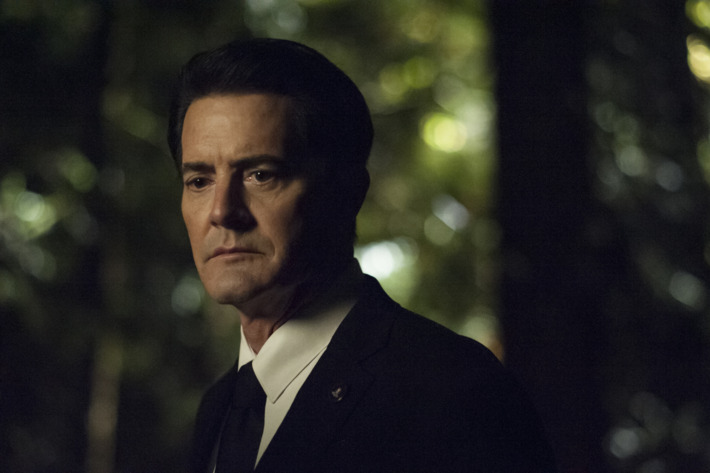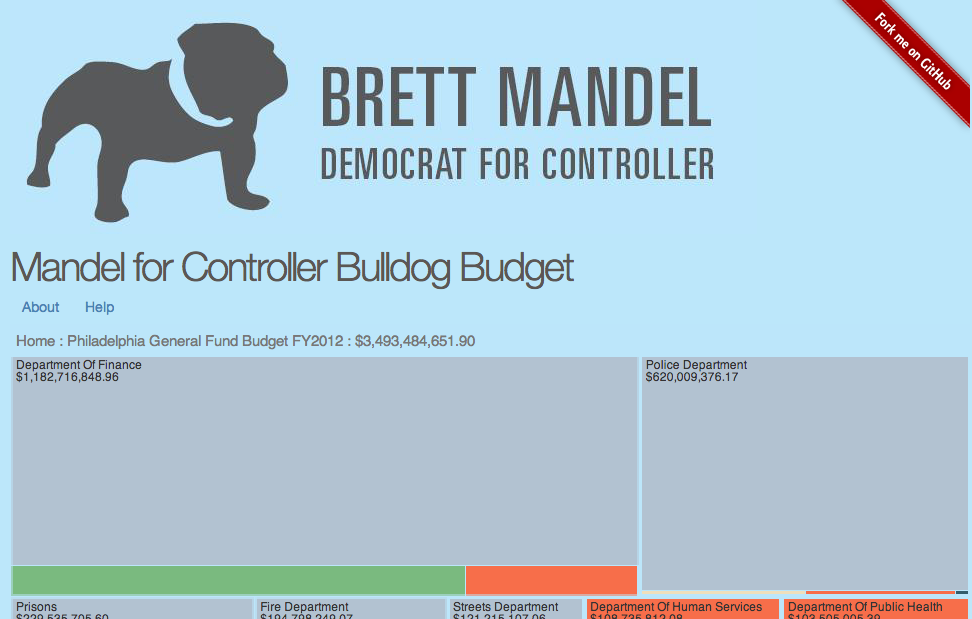Category: Business
-

Best Things This Year (2023)
I spent the first 4 days of 2023 stuck in bed. I threw my back out on New Year’s Eve after days of painting my old apartment / new house. I thought it would get better on its own but after four days I finally went to urgent care. They put a giant needle in…
-

Best Things this Year (2017)
Every year I write a recap of things I did and enjoyed. 2017 was packed. I re-read my 2016 recap and there’s a lot of despair, but I’m glad it didn’t slow me down. Maybe it was motivating. TV / Movies Twin Peaks: The Return Silicon Valley The Leftovers The Big Sick Coco Get Out…
-
Spoil Your Meetings
You just got a calendar invite your boss. What’s going on? Are you getting fired? Your last performance review was fine! You walk to your boss’s office. HR is sitting there with her. Oh crap, oh crap, oh crap. HR walks out as you walk in. You sit down, and your boss says, “Hey I…
-
10 Things I’m Doing After Reading The Principles of Product Development Flow
A few weeks ago I showed this slide during a talk I gave to clients of RJMetrics. The Goal is legendary in my family as a guide for unlocking throughput in manufacturing. Garvey Corp’s entire business model is helping companies exploit constraints and increase profits. It got me off to a great start in manufacturing,…
-

Best Things This Year (2013)
Anecdotally, it seems like a lot of people shook up their lives in 2013. I certainly did. Here are the best things that happened to me in 2013. 1. RJMetrics – In March I started working at RJMetrics, an e-commerce data analytics firm in center city Philadelphia. Leaving Garvey Corp was a difficult decision, but…
-
37signals Sent Me a Gift for Pwning their Leaderboards
This year I took an AK to the Answers leaderboard at 37signals, mostly answering Highrise questions. The Answers board is the best place to learn how to use Highrise because if you have a question there’s a good chance someone else has already asked it. I scoured it during our implementation in April, 2010 and…
-
Philadelphia Hackathon
I’ll be doing a short talk about Dungeon Adventure tomorrow at the Philadelphia Ship It Society’s Hackathon. Tickets are available here. The Ship It Society is all about getting together and rapid prototyping a project to see if its feasible. Should be a fun time.
-
My low cost e-commerce stack
Since I launched Dungeon Adventure, an RPG for kids, a few weeks ago a lot of people have asked me how exactly I’m selling it. It’s for sale as a digital download and print out board game, or “floor top RPG” as Phil Nelson called it. Here’s how it works: I have a hosting account…
-
Active vs Passive Interruptions
In all work environments people have to communicate. Sometimes they are across the hall and sometimes they are across the world, but in every case someone initiates the contact and the other must decide what to do. The Initiator must first choose the method, whether it’s a phone call, text message, email, etc. What makes…
-
Opt In, Relevancy, and Marketing on Trust
I’ve been thinking a lot lately about marketing for two reasons. 1. I’m trying to figure out the best way to grow our business. 2. I just joined the board of directors of our industry trade organization, whose primary focus is putting on a yearly trade show. Do traditional marketing campaigns (ads, trade shows, mailings,…
-
They Sold You Out: Screw You Orbitz, Shutterfly, Fandango, and more…
I only called out Orbitz, Shutterlfy, and Fandango because I’m a big customer of theirs. Fandango not so much since I hardly ever go to the movies anymore, but I use it almost every time I go. Each company built great technology and delivered a great product until they got greedy and decided to break…
-
B2B Social Marketing: What to do when your customer isn’t a person
Just typing “B2B Social Marketing” in the title made me want to slit my wrists, but there is a huge obstacle facing companies like mine on how to utilize social media. The formula for consumer marketing is simple and effective, but B2B is more complicated. The business model for consumer driven companies is for people…
-
The Treehouse’s new location
The Treehouse moved right down the street from me!? Tina and Randy have done a great job at the new location and it looks great. I went to their Wednesday night open mic last week and broke a string, so it was just like old times.
-
So Long marsRED facebook group
I started a group on facebook in honor of marsRED
-
mars-red Closing!
I was extremely disappointed to see this in my inbox today. mars-red is a great store and Scott put a lot of effort into it. The two gigs I played there were a lot of fun and it’s a shame to see they couldn’t make it work. Also, I have a $25 gift card I…
-
Business Opportunity
Wired has an article this month on 33 Things That Suck.? I thought this was a great list of things that need solving.? Sure, no one is going to solve air travel delays, but whiteboards?? Evite?? Get on it people.